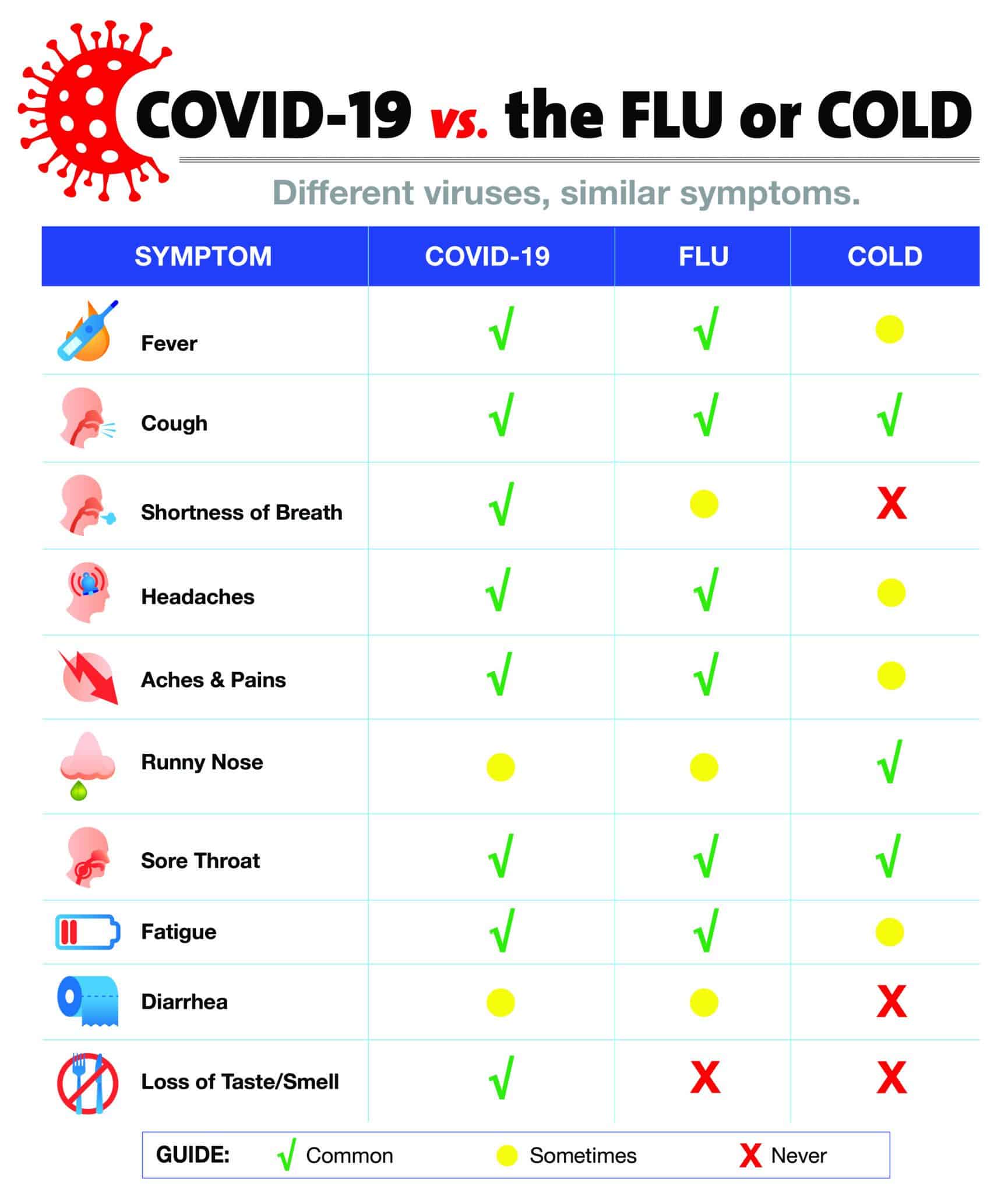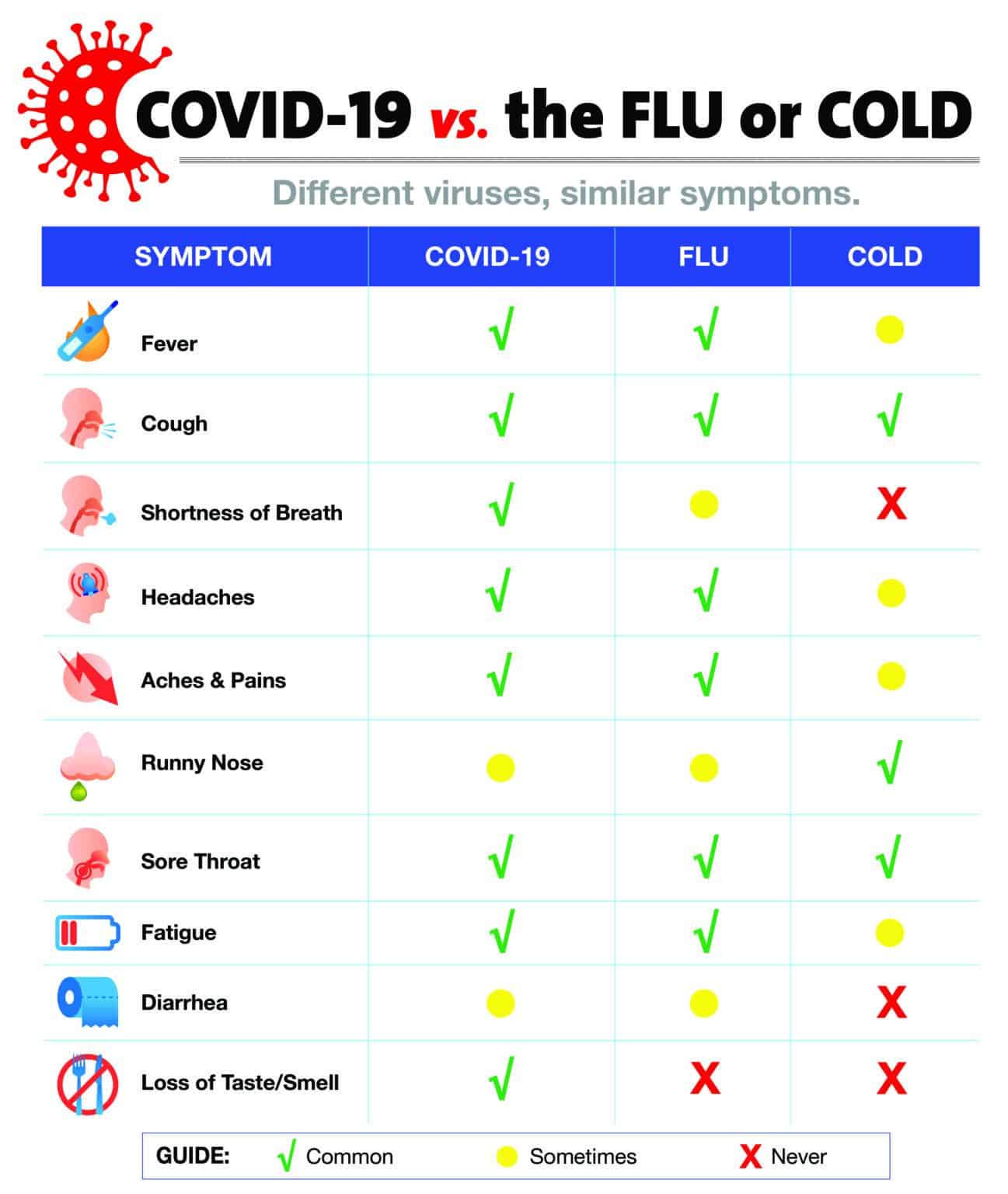The canis, urocyon, and vulpes genera developed from canids from north america, where the canine radiation began. · these last two subfamilies are extinct, while “ caninae ” is where we derive the word “canine” to describe dogs. One of four pointed teeth in the human mouth 3. The wolf is the largest living member of the canidae family, with males weighing on average 40 kg … Canine, or canid, any domestic or wild dog or doglike mammal (e. g. , wolf, jackal, fox) in the family canidae, found throughout the world except in antarctica and on most ocean islands. Of or relating to dogs: Other uses canine, a fictional dog in the glenn martin, dds animated television series canine hills, antarctic landform in the bowers mountains, victoria land This article provides a comprehensive look at the canine family animals, … These canine animals are spread across the globe, thriving in diverse habitats, from dense forests to arid deserts. Found throughout the world, canines tend to be slender long-legged animals … The wolf, often known as the grey wolf is a huge canine native to eurasia and north america. Canine, (family canidae), any of 36 living species of foxes, wolves, jackals, and other members of the dog family. The 34 different kinds of canines have a lot in common, but their extraordinary sense of smell is universal in the species. · at its core, a canine refers to any member of the family canidae, which includes not only domestic dogs but also wolves, foxes, coyotes, and several other wild species. The success of these canids was related to the development of lower …
Canine Flu Vs. Parainfluenza: The Shocking Differences!
The canis, urocyon, and vulpes genera developed from canids from north america, where the canine radiation began. · these last two subfamilies are extinct, while...







